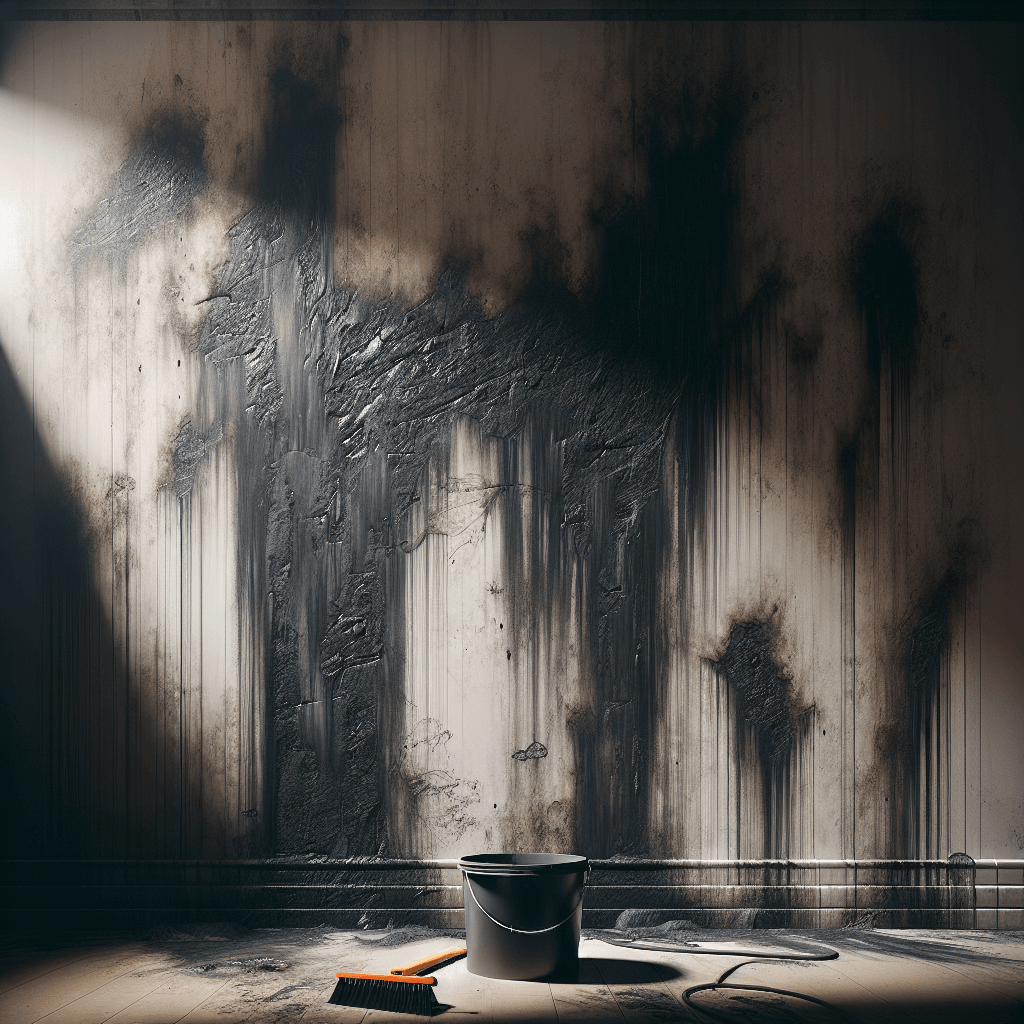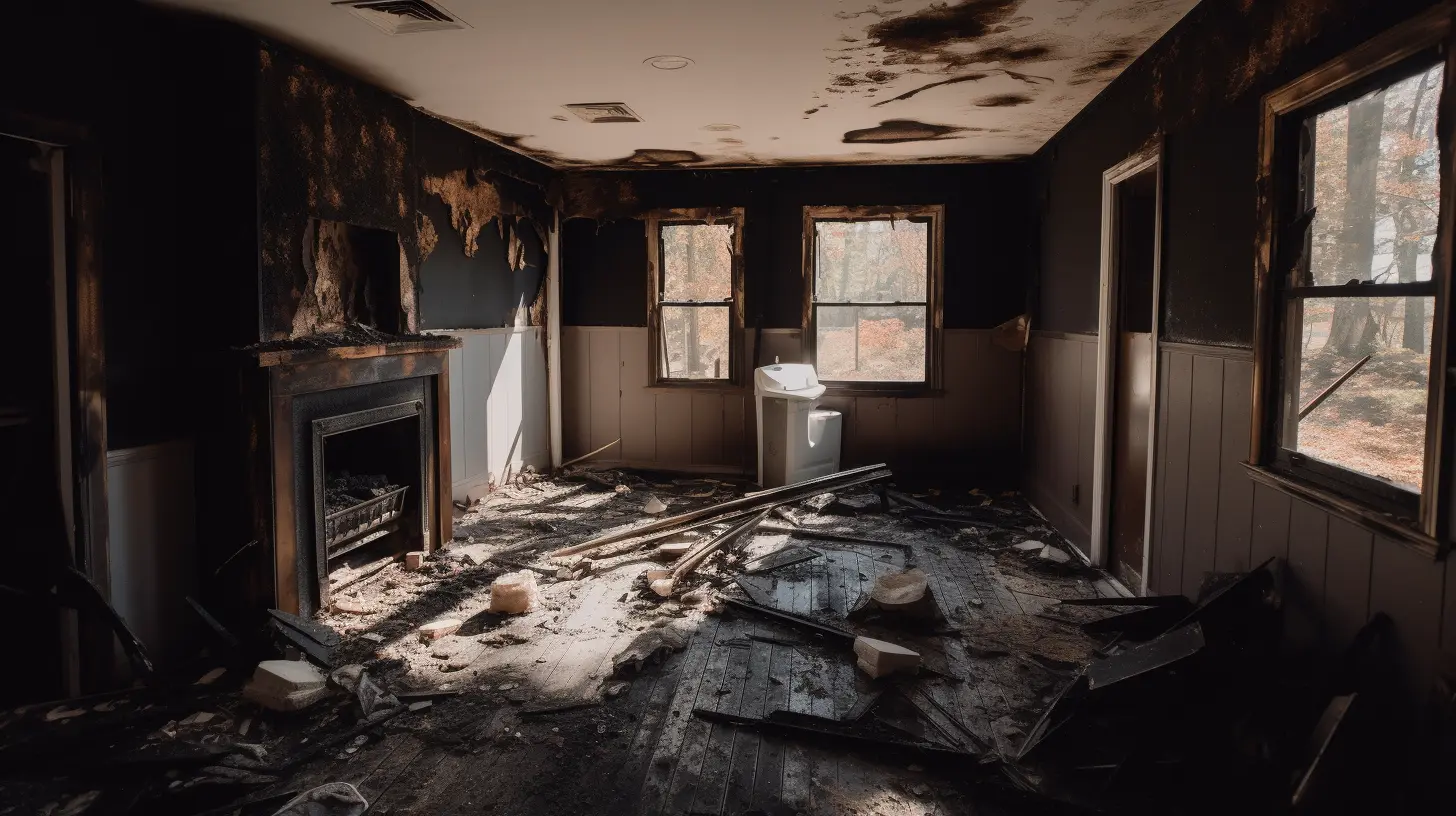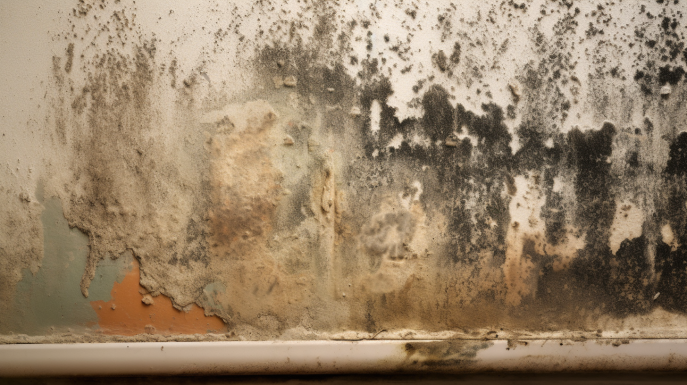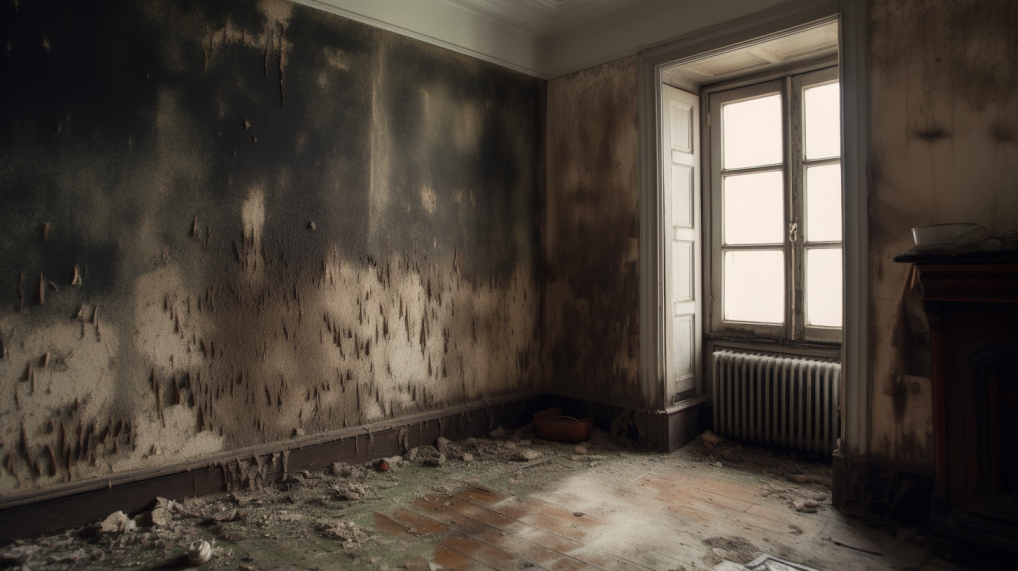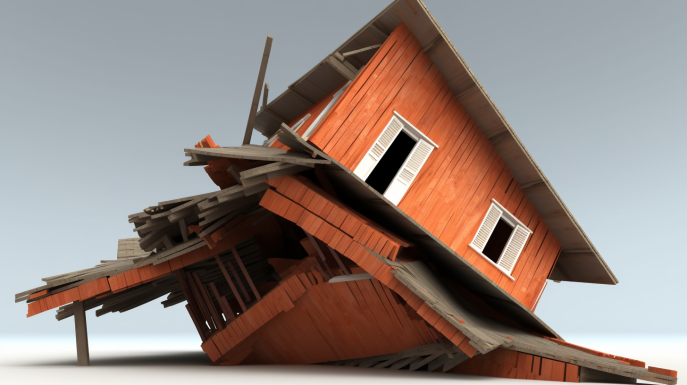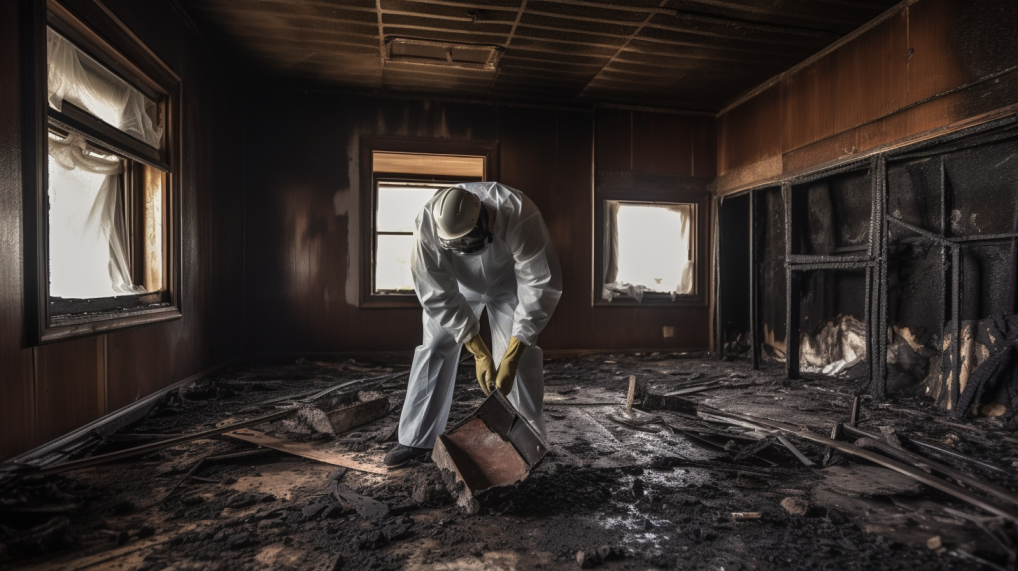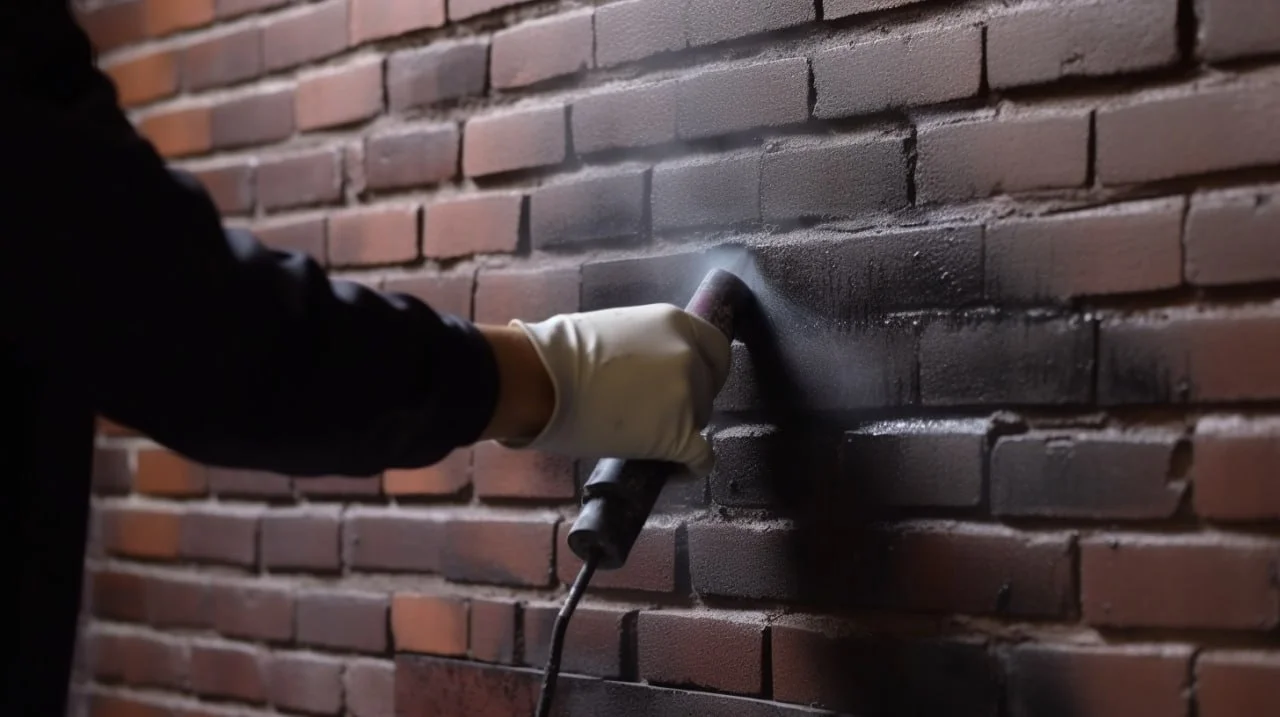Discover effective strategies to minimize the impact of wildfire smoke on health in the United States. Our comprehensive guide offers actionable tips, expert insights, and essential precautions to protect yourself and your loved ones during wildfire season. Stay informed and safeguard your well-being with our evidence-based recommendations.
Understanding Smoke Damage: How Soot Damage and Ash Damage Affect Your Home
Discover the critical impact of smoke damage on your home in our latest blog post. Learn how soot and ash damage can affect your property, from structural integrity to indoor air quality. Get expert tips on prevention and restoration to keep your home safe and healthy. Understand the signs of smoke damage and take action today!
Essential Steps for Restoring Fire Damage in Your Home
Discover the essential steps for restoring fire damage in your home. From assessing the damage to effective cleanup and restoration techniques, this comprehensive guide will help you navigate the recovery process. Learn how to protect your property, prevent future issues, and ensure a safe environment for your family. Don’t let fire damage overwhelm you—take control with our expert tips!
Mold defense guide: preventing growth post-flooding
When faced with the aftermath of water damage and flooding, one of the most pressing concerns is the potential growth of mold. Mold can proliferate rapidly in damp environments, posing serious health risks and causing extensive damage to property. In this comprehensive mold defense guide, we explore effective strategies for preventing mold growth after water damage and flooding, ensuring a safe and healthy environment for you and your family.
Understanding the Risks of Mold Growth
Mold thrives in moist conditions and can begin to develop within 24 to 48 hours after water damage occurs. As mold spores spread through the air, they can infiltrate walls, ceilings, floors, and other porous surfaces, leading to structural damage and compromising indoor air quality. Exposure to mold can trigger allergic reactions, respiratory issues, and other health problems, making mold prevention a top priority in post-flooding scenarios.
Swift Water Extraction and Drying
The first step in mold prevention is to promptly extract standing water and thoroughly dry affected areas. Professional water damage restoration services utilize advanced equipment and techniques to remove excess water and moisture from your property, minimizing the risk of mold growth. Rapid water extraction is essential for preventing mold spores from taking hold and proliferating in damp environments.
Proper Ventilation and Air Circulation
Proper ventilation plays a crucial role in preventing mold growth by promoting air circulation and reducing humidity levels indoors. Opening windows, using exhaust fans, and employing dehumidifiers can help dry out damp spaces and maintain optimal humidity levels, inhibiting mold growth. Adequate ventilation is especially important in areas prone to moisture buildup, such as bathrooms, kitchens, and basements.
Thorough Cleaning and Disinfection
After water damage occurs, it’s essential to thoroughly clean and disinfect all affected surfaces to remove any lingering moisture and mold spores. Non-porous materials can typically be cleaned with a mixture of water and detergent, followed by disinfection with a bleach solution or commercial antimicrobial cleaner. Porous materials may need to be removed and replaced to prevent mold growth and ensure thorough remediation.
Monitoring for Signs of Mold Growth
Even after water damage restoration efforts are complete, it’s important to remain vigilant for signs of mold growth in your home. Keep an eye out for musty odors, visible mold growth, water stains, and discoloration on walls, ceilings, and floors. If you suspect mold growth, contact a professional mold remediation company to assess the situation and address any potential issues promptly.
Preventing mold growth after water damage and flooding requires swift action, thorough remediation, and ongoing maintenance to safeguard your home and protect your family’s health. By following the recommendations outlined in this mold defense guide, you can minimize the risk of mold infestation and create a safe, healthy living environment for years to come. Don’t wait until mold becomes a problem—take proactive steps to defend your home against this hidden threat today.
Black mold extermination for family health
Black mold, also known as Stachybotrys chartarum, is a toxic fungus that can lurk in damp and poorly ventilated areas of your home, posing serious health risks to your family. Understanding the importance of black mold extermination is crucial for safeguarding the health and safety of your loved ones.
Understanding the Threat of Black Mold
Black mold thrives in environments with excessive moisture and organic material, making damp basements, bathrooms, and attics ideal breeding grounds. This toxic mold releases spores into the air, which, when inhaled, can trigger a range of health problems, especially for individuals with respiratory conditions, allergies, or weakened immune systems.
Health Risks Associated with Black Mold Exposure
Exposure to black mold spores can lead to a variety of health issues, including:
- Respiratory Problems: Inhaling black mold spores can irritate the respiratory tract, causing coughing, wheezing, chest tightness, and throat irritation. Individuals with asthma or allergies may experience exacerbation of their symptoms.
- Allergic Reactions: Sensitivity to black mold can result in allergic reactions such as sneezing, runny nose, itchy eyes, skin rashes, and hives. Prolonged exposure may lead to chronic sinusitis or skin infections.
- Toxic Effects: Certain strains of black mold produce mycotoxins, toxic substances that can cause more severe health effects, including neurological symptoms, fatigue, headaches, nausea, and memory loss. Long-term exposure to mycotoxins has been linked to serious neurological and immune system disorders.
Importance of Prompt Mold Remediation
Given the serious health risks associated with black mold exposure, prompt mold remediation is essential for protecting your family’s health and safety. Professional mold removal services can effectively identify and eliminate black mold infestations, preventing further spread and recurrence of mold growth.
Effective Mold Removal Strategies
Effective black mold removal involves several steps, including:
- Assessment: A thorough inspection of the property is conducted to identify areas of mold growth and assess the extent of the infestation.
- Containment: Containment measures are implemented to prevent mold spores from spreading to unaffected areas of the home during the removal process.
- Remediation: Mold-infested materials are safely removed and disposed of, and affected areas are cleaned and treated with antimicrobial solutions to kill remaining mold spores.
- Prevention: Measures are taken to address underlying moisture issues and improve ventilation to prevent future mold growth.
Protecting Your Family’s Health and Well-being
By prioritizing black mold extermination, you can create a safer and healthier living environment for your family. Regular maintenance, prompt repairs of water leaks, and proper ventilation are essential for preventing mold growth and mitigating the risks associated with black mold exposure.
Don’t underestimate the hidden dangers of black mold lurking in your home. Investing in professional mold removal services is a proactive step toward protecting your family’s health and well-being. Remember, when it comes to black mold, swift action is key to preventing potential health complications and ensuring a safe living environment for your loved ones.
Home structural stability threats from water damage
Water damage is often perceived as a visible problem, with obvious signs like damp walls, warped floors, and stained ceilings. However, the hidden consequences of water damage can pose a significant threat to the structural integrity of your home. Understanding these hidden threats is essential for homeowners to take proactive measures and prevent long-term damage.
1. Weakening of Building Materials
When water infiltrates the structure of your home, it can gradually weaken building materials such as wood, drywall, and insulation. Prolonged exposure to moisture can cause these materials to deteriorate, compromising their structural strength and stability. Over time, weakened materials may sag, warp, or even collapse, putting the safety of occupants at risk.
2. Mold and Mildew Growth
Excess moisture creates the perfect breeding ground for mold and mildew, which can proliferate within the walls, ceilings, and floors of your home. Mold not only poses health hazards to occupants but also contributes to structural damage by feeding on organic materials like wood and paper. Left unchecked, mold growth can compromise the integrity of building materials and lead to costly repairs.
3. Rot and Decay
Water damage can accelerate the process of rot and decay in structural components such as wooden beams, joists, and framing. As moisture seeps into these materials, it promotes fungal growth and decomposition, weakening the overall structure of the home. Rot and decay can compromise load-bearing elements, jeopardizing the stability of the entire building.
4. Foundation Instability
Water infiltration around the foundation of the home can cause soil erosion and undermine the stability of the foundation. Over time, this can lead to foundation settling, shifting, or even failure, resulting in structural damage throughout the property. Addressing water issues around the foundation is crucial for preserving the structural integrity of the home.
5. Corrosion of Metal Components
Water damage can cause corrosion and rusting of metal components within the home, such as electrical wiring, plumbing pipes, and structural supports. Corrosion weakens metal structures and compromises their ability to function properly. Electrical wiring damaged by water can pose fire hazards, while corroded plumbing pipes may leak or burst, causing further water damage.
6. Compromised Insulation
Water damage can saturate insulation materials, reducing their effectiveness and thermal resistance. Wet insulation not only fails to regulate indoor temperature and humidity levels but also promotes heat loss and energy inefficiency. Additionally, damp insulation is more susceptible to mold growth and pest infestations, further exacerbating structural issues.
7. Hidden Structural Deterioration
Unlike visible damage, such as water stains and bulging walls, hidden structural deterioration may go unnoticed until it reaches advanced stages. By the time visible signs of damage appear, the structural integrity of the home may already be compromised. Regular inspections by qualified professionals can help identify hidden water damage and prevent structural issues from escalating.
8. Prevention and Remediation Strategies
Preventing water damage and addressing issues promptly are crucial steps in safeguarding your home’s structural stability. This includes proper maintenance of plumbing and drainage systems, prompt repair of leaks and water intrusion points, adequate ventilation to reduce moisture buildup, and regular inspections of vulnerable areas.
By understanding the hidden threats posed by water damage and implementing proactive measures to mitigate risks, homeowners can protect their investment and ensure the long-term structural integrity of their homes. Consulting with experienced professionals for water damage restoration and structural repairs is essential for addressing hidden issues and restoring the safety and stability of the property.
Fire damage restoration duration factors
Fire damage restoration is a complex process that requires careful planning, execution, and coordination. The duration of restoration efforts can vary significantly depending on several key factors. Understanding these factors is essential for property owners and restoration professionals alike to effectively manage expectations and timelines.
1. Severity of the Fire Damage
The extent and severity of the fire damage play a crucial role in determining the duration of the restoration process. Minor fires that cause superficial damage may require relatively short restoration periods, while extensive fires that result in structural damage and widespread destruction can prolong the restoration timeline significantly.
2. Type of Property and Construction Materials
The type of property and the materials used in its construction can impact the restoration process. Properties constructed with fire-resistant materials may experience less severe damage and faster restoration times compared to those built with combustible materials. Additionally, the layout and design of the property can influence access to damaged areas and the complexity of restoration efforts.
3. Presence of Water Damage
Firefighting efforts often involve the use of water or other extinguishing agents, which can lead to secondary water damage such as flooding, moisture intrusion, and mold growth. Addressing water damage in conjunction with fire damage restoration adds an additional layer of complexity and may extend the overall restoration timeline.
4. Soot and Smoke Residue Removal
Soot and smoke residue can penetrate porous surfaces, furniture, and belongings, causing lingering odors and potential health hazards. Thorough cleaning and deodorization processes are necessary to remove these contaminants effectively. The size of the property and the severity of smoke damage will dictate the duration of these cleaning efforts.
5. Structural Repairs and Reconstruction
Structural repairs and reconstruction may be required to address damage to walls, ceilings, floors, and other building components. The complexity of these repairs, availability of materials, and coordination with contractors can impact the duration of the restoration process. Structural integrity must be restored before other restoration efforts can proceed.
6. Compliance with Regulatory Requirements
Compliance with regulatory requirements, such as building codes, environmental regulations, and safety standards, is essential during the fire damage restoration process. Obtaining permits, conducting inspections, and adhering to legal guidelines may add time to the restoration timeline but are necessary to ensure the safety and legality of the restoration efforts.
7. Coordination of Restoration Activities
Effective coordination of restoration activities is critical to minimizing downtime and expediting the restoration process. Restoration professionals must coordinate with insurers, subcontractors, suppliers, and property owners to ensure timely completion of restoration tasks and mitigate delays.
8. Post-Restoration Testing and Quality Assurance
After the fire damage restoration process is complete, thorough testing and quality assurance measures must be conducted to verify the effectiveness of the restoration efforts. This may include air quality testing, moisture level assessments, and visual inspections to ensure that the property is safe, clean, and habitable.
By addressing these key factors and implementing efficient restoration strategies, property owners and restoration professionals can minimize downtime, mitigate further damage, and expedite the recovery process following a fire-related disaster. Investing in proactive fire prevention measures and emergency preparedness can also help reduce the likelihood and severity of fire damage, ultimately safeguarding lives, property, and livelihoods.
Business water damage: essential steps for protection
Water damage emergencies can strike any commercial establishment, leading to significant disruptions and financial losses. Here are the essential steps businesses should take to protect themselves:
1. Risk Assessment and Prevention Strategies
Conduct a thorough risk assessment of your property to identify potential vulnerabilities. Implement preventive measures such as proper drainage systems, regular inspections, and maintenance of plumbing fixtures.
2. Emergency Response Plan
Develop a comprehensive emergency response plan outlining procedures for handling water damage incidents. Assign responsibilities to employees, establish communication protocols, and ensure access to essential resources like water pumps and emergency contacts.
3. Swift Action
In the event of water intrusion, act swiftly to minimize damage. Shut off the main water supply, remove excess water using pumps or wet vacuums, and begin drying efforts immediately to prevent mold growth and structural damage.
4. Documentation and Assessment
Document the extent of the damage through photographs, videos, and detailed notes. Conduct a thorough assessment of affected areas to determine the severity of the damage and prioritize restoration efforts accordingly.
5. Professional Assistance
Seek assistance from certified water damage restoration professionals who have the expertise and equipment to handle commercial water damage emergencies effectively. They can provide comprehensive services, including water extraction, drying, dehumidification, and mold remediation.
6. Structural Drying and Restoration
Ensure proper structural drying to prevent long-term issues such as rotting wood, rusting metal, and weakened building materials. Work with restoration experts to repair and restore damaged structures, including walls, floors, ceilings, and electrical systems.
7. Inspection and Quality Assurance
Conduct thorough inspections after the restoration process to verify that the affected areas are completely dry and free of mold. Implement quality assurance measures to guarantee the safety and integrity of the restored property.
8. Preventive Maintenance
Implement preventive maintenance measures to reduce the risk of future water damage incidents. Regularly inspect plumbing systems, roofs, and building envelopes, address any issues promptly, and educate employees on water damage prevention best practices.
9. Insurance Coverage Review
Review your insurance policies to ensure adequate coverage for water damage and related risks. Understand the scope of your coverage, including exclusions and limitations, and consider additional coverage options if necessary.
10. Employee Training and Awareness
Provide comprehensive training to employees on recognizing and responding to water damage emergencies. Promote awareness of potential hazards, emergency procedures, and the importance of early intervention to mitigate damage.
By taking proactive measures and partnering with trusted professionals, businesses can effectively protect themselves against the devastating impacts of commercial water damage emergencies. Investing in preparedness and swift action can safeguard your business’s reputation, assets, and continuity of operations.
Guide on how to pick the best smoke and fire restoration company
Fire damage restoration is a delicate and complex process that many people are not prepared to face. When faced with the devastation of a fire in your home or business, it is crucial to select the right company to help rebuild and restore your property.
In this process, it is important to consider several factors to make sure you choose the most qualified and reliable company for the job. That is why, in this article, we will give you three key tips for choosing the right fire damage restoration company.
Research the company’s reputation
Before hiring any fire damage restoration company, it is essential to research its reputation in the market. Be sure to research its work history, including the number of successfully completed projects and the specialized certifications and training it has.
Similarly, ask friends and family if they have had any experience with the company, look for online reviews, and check to see if the company has relevant industry certifications and accreditations.
A company with a solid reputation and experience in fire restoration will likely offer quality service and efficiently manage the entire cleaning and restoration process. Only take chances with little-known companies or companies with positive references, as you could end up paying more money and time than necessary.
Verify availability and responsiveness
In emergencies such as fires, it is crucial to have a fire damage restoration company available 24/7. Time is critical in fire restoration, as every minute counts in minimizing damage and preventing additional problems such as mold or corrosion.
In addition, it is vital to verify the company’s emergency response capability. Do they have the personnel and equipment necessary to deal with major disasters? Do they have clear protocols for action in the event of a fire? These are vital questions to ask before hiring a fire damage cleanup company.
Request a detailed, customized service and estimate
Every property and fire damage situation is unique, so the restoration company must offer a customized fire cleanup service tailored to your property’s specific needs.
Look for a provider that can offer a full range of services, from cleaning and disinfecting the damage to restoring and repairing the property. If the service is customized, so is the budget, so be clear about your budget and whether what they are proposing is within your means.
If you live in Los Angeles, you should know that FastFix is the leading fire damage restoration company. With a highly trained team and state-of-the-art equipment, we are committed to providing quality and reliable service to our customers.
We have years of experience in the industry and pride ourselves on our reputation for excellence in customer service. If you have suffered a fire and need help restoring your property, don’t hesitate to contact us. We are here to help you through every step of the restoration process – trust FastFixLA to restore your property from smoke and fire damage quickly and professionally!
Tips for soot cleanup after fire damage
Fire can cause severe damage to bricks, leaving soot stains that can be difficult to remove. However, with proper cleaning techniques, it is possible to restore the appearance of brick and altogether remove soot residue.
When it comes to restoring a fire-damaged structure, the role of fire-damage restoration services cannot be overstated. They are especially crucial in dealing with one of the most common challenges-the stubborn presence of soot on brick surfaces.
This article will explore how to remove soot from brick and restore its original appearance. With the exemplary fire damage restoration service, restoring the beauty and functionality of fire-affected structures is possible.
What is soot, and why is it essential to remove it from bricks?
Soot is a black residue composed primarily of carbon particles produced during the incomplete combustion of materials such as wood, coal, or oil. In the event of a fire in a brick structure, soot adheres to different surfaces, including the bricks, giving it a dirty, dull appearance and a characteristic odor.
It is vital to clean soot from bricks because its accumulation can affect their aesthetic appearance. It can also clog surface pores and hinder the bricks’ natural breathability, which can result in moisture problems and long-term deterioration. In addition, soot can contain toxic substances that can harm people’s health if they come into contact with them.
Brick Soot Cleaning Process
To effectively remove soot from bricks, it is essential to have a specialized fire damage restoration service. Below are the main steps in the brick soot cleaning process:
- Before beginning soot on brick cleaning, it is crucial to protect the surrounding area with tarps or plastic sheeting to prevent soiling.
- Use a stiff bristle brush to remove loose soot from the bricks’ surface. Prepare a cleaning solution with warm water and mild detergent. To enhance the degreasing effect, add a little vinegar or baking soda.
- Dampen a clean cloth in the cleaning solution and gently rub the bricks.
- If the soot is more stubborn, you can try a special brick cleaner. Follow the manufacturer’s instructions and wear appropriate protective equipment, such as gloves and goggles.
- Rinse the bricks with clean water to remove any detergent or cleaner residue.
- Allow the bricks to dry completely before removing the guards from the surrounding area.
- Once the bricks are clean and dry, you can apply a unique sealer to protect their surface and prevent future soot buildup.
It is best to leave this whole process in the hands of professionals; remember, you can always hire the services of a professional brick restoration company.
It is best to leave this whole process in the hands of professionals. Remember, you can always hire the services of a specialized company for smoke and fire damage restoration.
Fastfix is what you need. We offer a fast and efficient cleaning service that specializes in removing dirt and debris after fires.
Our services include cleaning soot, ash, and residue from burnt materials and removing lingering odors. Contact us today for more information about our services.


